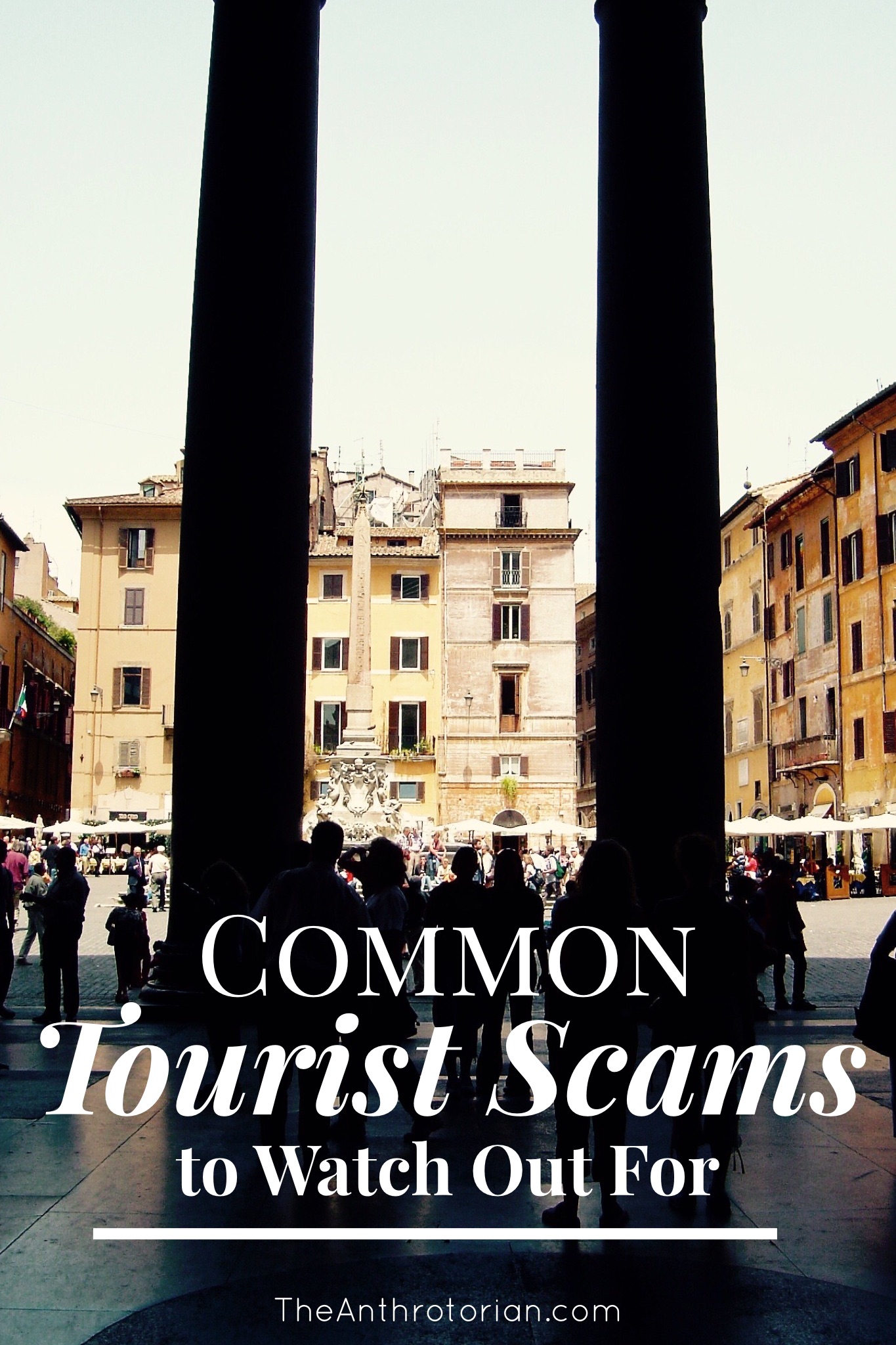After taking 130 spiraling steps 20 meters below the streets of Paris, I found myself on the verge of my very first panic attack.
I had never felt the fear of claustrophobia before, but I was pretty sure that it was the reason why I couldn’t catch my breath.
Blinking, I tried to get my eyes to adjust to the dim light, hoping that getting a clear view would calm me down. The light revealed nothing but a narrow dirt pathway leading into ominous darkness — not helpful.
Taking a few deep breaths to try and calm myself, I decided to suck it up and followed my travel companion down the mud-lined corridor which brought us to a large, imposing room marking the official entrance of the catacombs. Through the arched doorway, I could see walls constructed of femurs stacked on top of each other, their repetitive texture only broken by lines of brown, weathered skulls.
Over the doorway large, crude black letters spelled out:
Arrete! C'est ici l'empire de la morte
(Stop! Beyond here lies the empire of death)
Why are their bones underground?
According to ancient Roman law, when Paris was founded, cemeteries were located on the outskirts of the city. It didn’t take long for the city to spread well beyond its walls, however, and eventually, these cemeteries were completely surrounded by homes, stores, churches, and schools.
With this growth in population came a growth in disease, plague, epidemics, and starvation which filled the remaining spaces in the 200 cemeteries at an alarming rate. With no place to put the dead, many priests resorted to the use of mass graves in order to get unclaimed corpses off the streets, forgoing any sort of preservation process that would prevent the diseased bodies from decaying directly into the ground.
This decay not only created an unbearable stench, but it also contaminated water supplies and the cellars of buildings built adjacent to the cemeteries.
Finally, in 1785, the Council of State pronounced the removal of all bodies and bones from the city’s cemeteries, in order to try and stem the spread of infection. The bones were to be taken to the old quarries, tunnels that ran under the city left behind from excavating stone for building.
These excavations were stopped in the early 1770s due to the risk of cave-ins on the Left Bank and the tunnels were never filled in.
Removal of the bodies began in April of 1786 and lasted for two years. It was only done at night and the bodies were transported in carts draped with black veils. Priests accompanied every cart, singing burial songs for the entirety of the journey. Once all of the cemeteries in Paris had been cleared, the Viscount of Thury (the quarries general inspector) was in charge of arranging the bones.
The bones of over 6 million people are stored in the labyrinth of obscure galleries and narrow corridors that make up the Catacombs of Paris.
During World War II, the resistance set up headquarters in the confusing maze of tunnels and there is also speculation that secret societies have held meetings by candlelight in the eerie corridors at night.
It is an incredibly moving place to visit, but after a 2 km walk through the cold mass grave, I couldn’t climb the 83 stairs back to the surface fast enough.
I have never appreciated the sun more than I did stepping out of that damp, dead darkness.
Planning Your Visit
The entrance to the Catacombs is located at 1, avenue du Colonel Henri Rol-Tanguy - 75014 Paris. Regular admission is 13 €, but you can purchase "no queuing" tickets online for 29 €. Check the website for updated opening hours and to pre-purchase your tickets.
If you choose to take a tour, it takes about 45 minutes and covers about 1.5 km. Note that the temperature underground is around 14°C, there is no accessibility for people with reduced mobility, and young children are not permitted.










